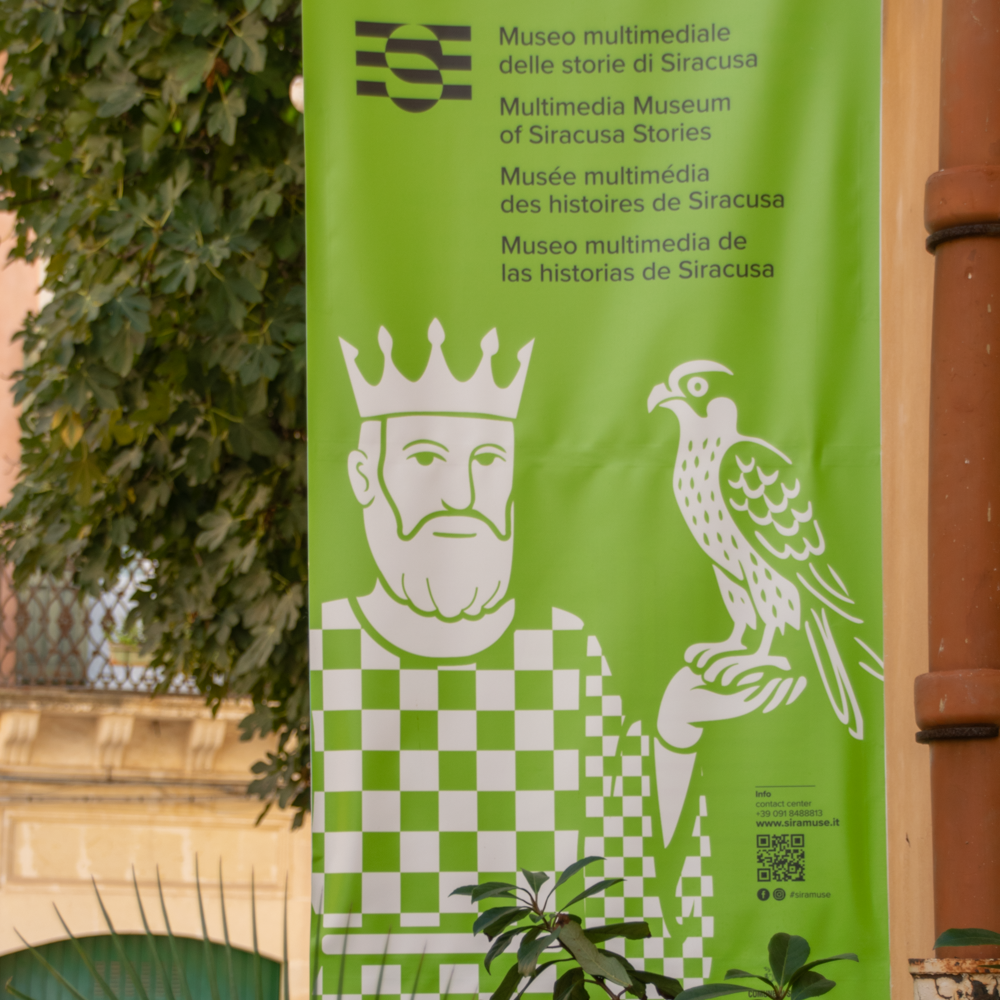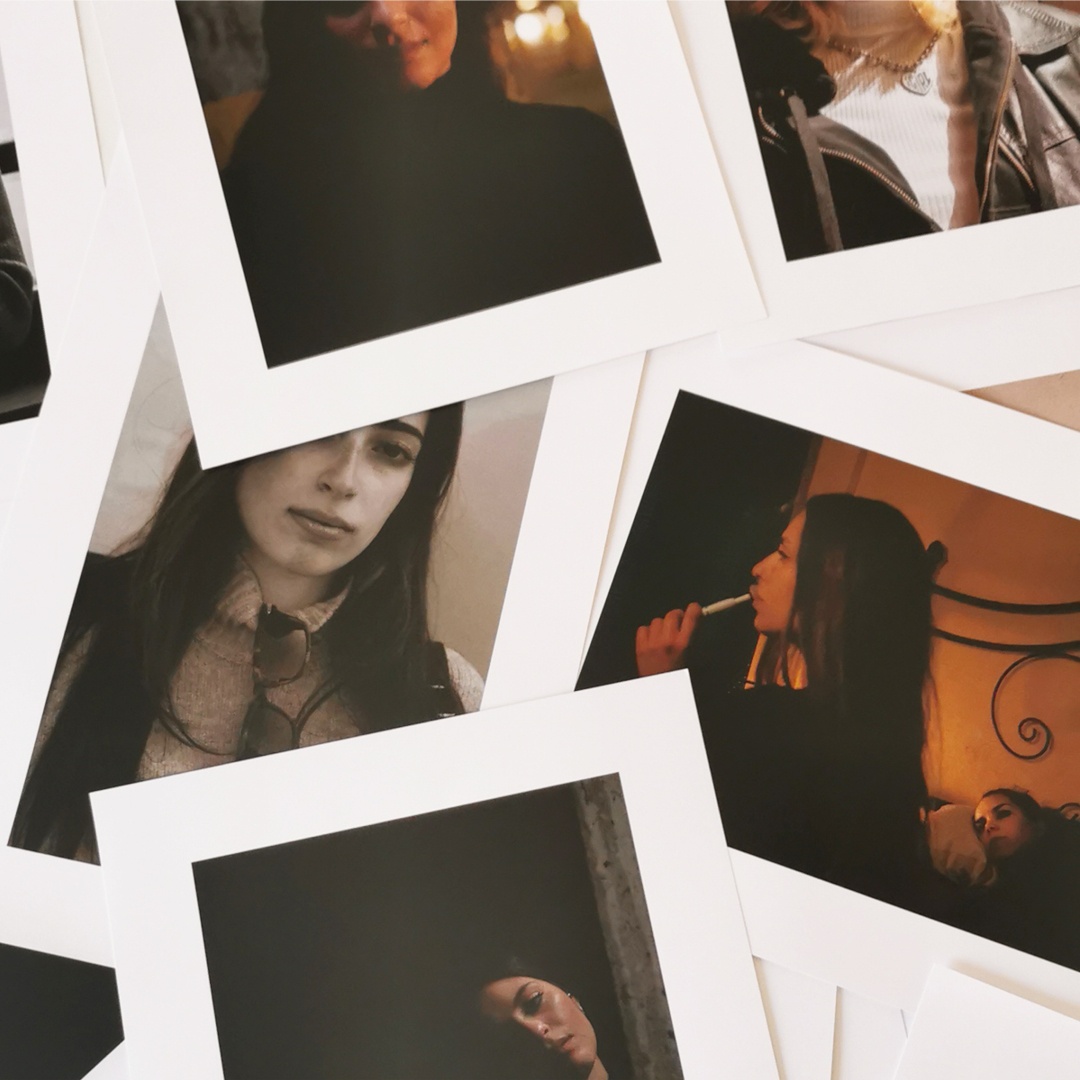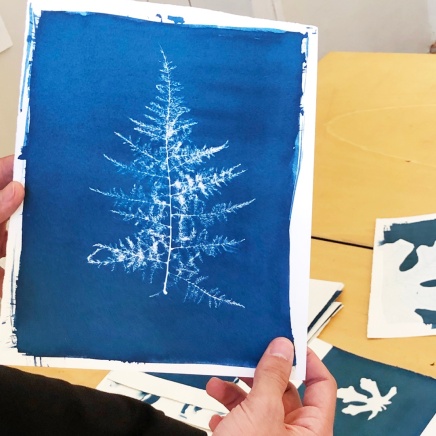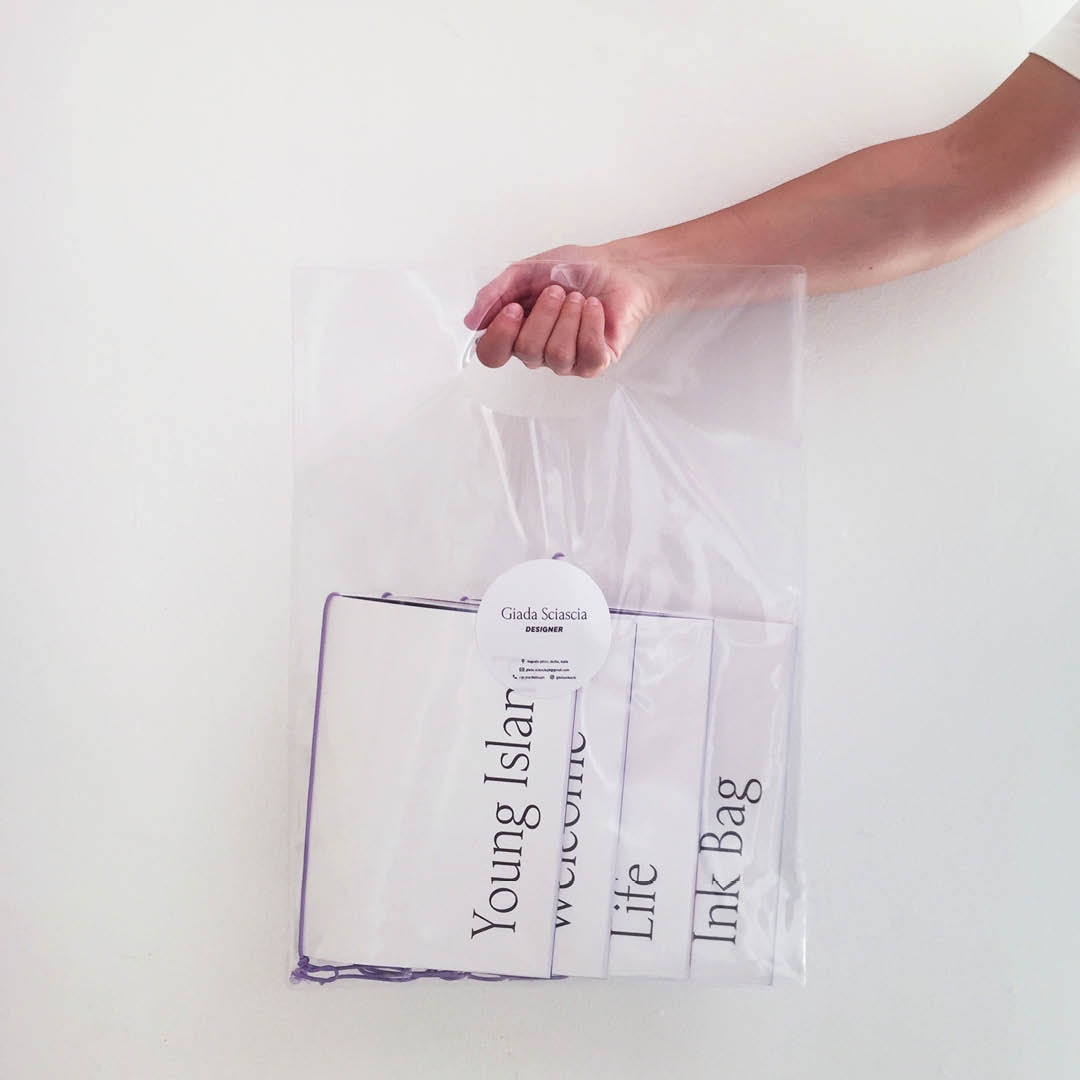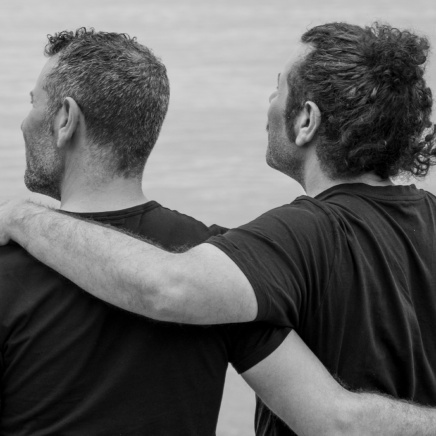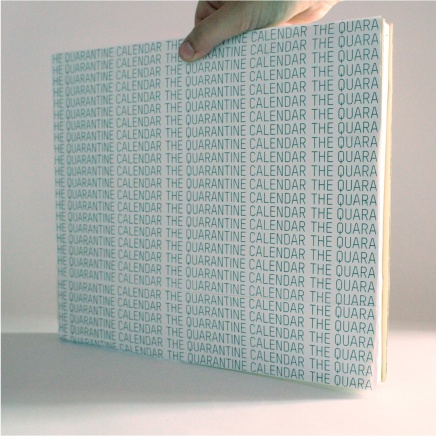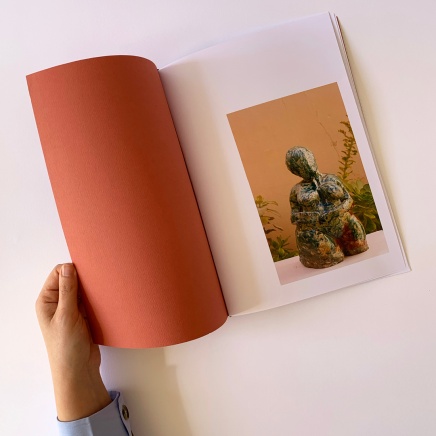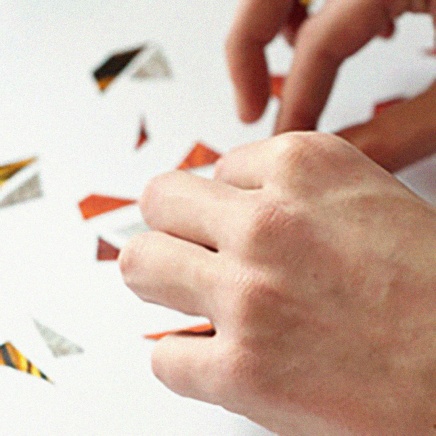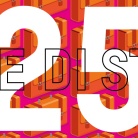Visual realities, our three-year course in visual arts, examines the role of photography and visual representation in the current cultural landscape and their potential, yesterday and today, to become a powerful engine of social change.
First level academic diploma.
Accredited by the Ministry of Instruction, Universities, and Research.
Course leader: the cool couple
“This is how Niccolò Benetton and Simone Santilli aka“ The Cool Couple” found their design place. For some time this duo has been making itself known and deservedly gaining more and more attention, because a few words and a look at their latest project in the making are enough to understand that, in addition to being terribly nice, Simone and Niccolò have something that lately is running low: a thoughtful irony, which, incredibly, still manages to provoke. "
Learning goals
Visual Realities is based on the founding principles of the MADE Program, declined in the context of visual narration, at the intersection of graphic design and photography, illustration and video. The course aims to prepare students for the new contexts and roles that visual arts has taken on with respect to a cultural landscape in constant transformation. The approach to both theory and practice will take account of the necessity of studying the history and relative modalities of art, while investigating the influence that revolutionary mass-media technologies have had on the techniques, disciplines, and processes of doing art today.
Professional opportunities
Recent years have witnessed a significant evolution in the role of those who express, communicate, and narrate through images. Today. Visual artists are involved in the productive processes of artefacts as well as in the production of scenarios for the flow of ideas. They contribute to the changing urban and extra-urban contexts in which they are invited to work. The aim of the course is to train young artists capable of dialoguing both with other artists and actors in the art world and with institutions, government agencies, and public and private companies. We aim to train artists who will contribute to the requalification of their local territory as well as distant and different geo-political contexts.
| Course leader | The Cool Couple |
| Term | 3 years |
| Language | Italian |
| Certificate | First level academic diploma |
| Credits | 180 CFA |
| Specialisation | Photography Graphic design Illustration Video making |
Are you interested in?
First year: I am
The first year focuses on the relationship between the student, visual arts, and the current cultural context. Knowledge of art and of techniques, such as drawing, photography and graphic design are seen in relationship with studies dedicated to knowledge of ourselves, our intentions, and our artistic capacities. Courses are designed with the aim of establishing a balance of tradition and innovation through technical comparisons of “historical” techniques, such as drawing, and contemporary procedures, such as information technologies and artistic design. The aim is twofold: to consolidate the cultural bases for the artist-in-training and to initiate the student’s individual development of his/her personal artistic profile.
Extracurricular activities
Starting in the first year, extracurricular activities will include museum visits, workshops, outside internships, and study trips, first in Italy and then abroad.
Second year: you are
The second year examines the landscape of modern and contemporary art, introducing theoretical subjects (Aesthetics, Philosophy of the Image) and practices (Photography, Computer Graphics and Video) that allow students to explore the forms of these new vocabularies and their semiotic significance in society. To this end, encounters with artists in seminars and workshops, and assignments involving site-specific projects will engage students in a process of self-analysis of their own artistic capacities and, more generally, of the role of art in contemporary society.
Study visit
In the second year, a study trip will be organized to a European country where students will visit local museums as well as design firms and companies useful for their professional growth.
Third year: we are
The third and last year brings students to the final phase of their training. Further studies in art (Performative Techniques for the Visual Arts) social sciences (Cultural Anthropology) and media (Direction) provide students with a broader outlook on the cultural and professional opportunities and roles available to the artist in today’s society. The degree thesis will function as a conceptual umbrella and catalyst to bring together the disciplines, concepts, and experiences explored during the three years of the program. The thesis has the dual purpose of developing the student’s artistic and professional profile and allowing him/her to explore the innumerable opportunities for affecting the culture and economy of his or her local habitat.
Main courses
Photography, Graphic Design, Design Methodology, Artistic Anatomy, Drawing, Illustration, History of Modern Art, History of Contemporary Art, Philosophy of the Image, History of Visual Communications, History of Photography, Iconography, Aesthetics, Storytelling, Book Design, Branding, Exhibit design, Staging, Data visualization, Video shooting and editing techniques, Direction, Computer Graphics, English language.
Alcuni progetti realizzati nell'ambito del corsoSome projects carried out as part of the course
MADE Camp
CAMP as in "campus", but also as in "camp".
Starting in the first year, trips to Italy and abroad, excursions, visits to museums and artistic events, workshops and collaborations with institutions outside the Academy will be organized. Explorations that each student will face carrying a "backpack" to fill with new experiences, and from which to draw what they have learned during their studies, putting themselves to the test in new and challenging contexts.
News about the program
25 SCHOLARSHIPS
Do you have a talent?
MADE helps you express it by providing 25 grants of up to 50% of tuition. Don't let this opportunity pass you by!
25 SCHOLARSHIPS
Do you have a talent?
MADE helps you express it by providing 25 grants of up to 50% of tuition. Don't let this opportunity pass you by!






